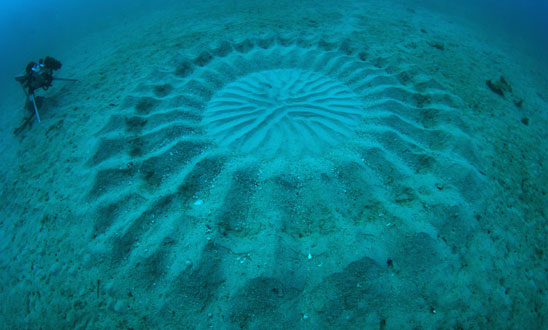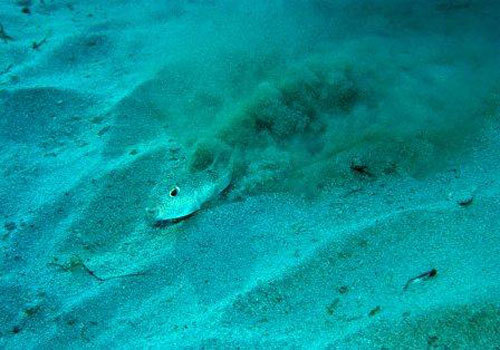More and more people are talking about situating artificial islands and floating cities outside of current sovereign territory. With our current state of technology -- i.e., access to ocean energy -- independent city states are becoming quite feasible. There are big opportunities... AND huge concerns; who governs fisheries practices, resource extraction, pollution, labor practices...? Lots to think about. Remember the
Tragedy of the Commons?
For example, Ramon Knoester wants to make a huge island out of the millions of tons of plastics floating in the ocean. As I've mentioned in a
previous post, many folks are amazed to hear about the "Great Pacific Garbage Pile" -- double the size of Texas. Knoester calls his vision "
Recycled Island." Plastics are a big problem in the ocean -- is this part of the solution?
Then there's the idea of
anchoring a ship (BlueSeed) outside the 12 mile limit off the shores of California so people can "commute" to Silicon Valley, without having a US Visa.
We're entering a whole new era of permanent "settlers" in international waters. We better tread-water carefully!!
Peter Neill, Director of the W2O and host of World Ocean Radio, writes:
"Today, the ocean is the greatest commons of all, as more than 90% of its
volume lies outside of national interest. The most important
geopolitical question we now face is, "How do we govern and manage the
ocean outside national jurisdiction to use it responsibly, sustain its
value, and assure its potential forever for the benefit of all mankind?"
In a recent
episode of World Ocean Radio, host Peter Neill discusses
the obstacles to greater progress in caring for and protecting our
ocean and asserts that we have the knowledge, principles and
organizations in place to make a powerful difference in our ability to
address the deteriorating condition of the ocean commons.



































